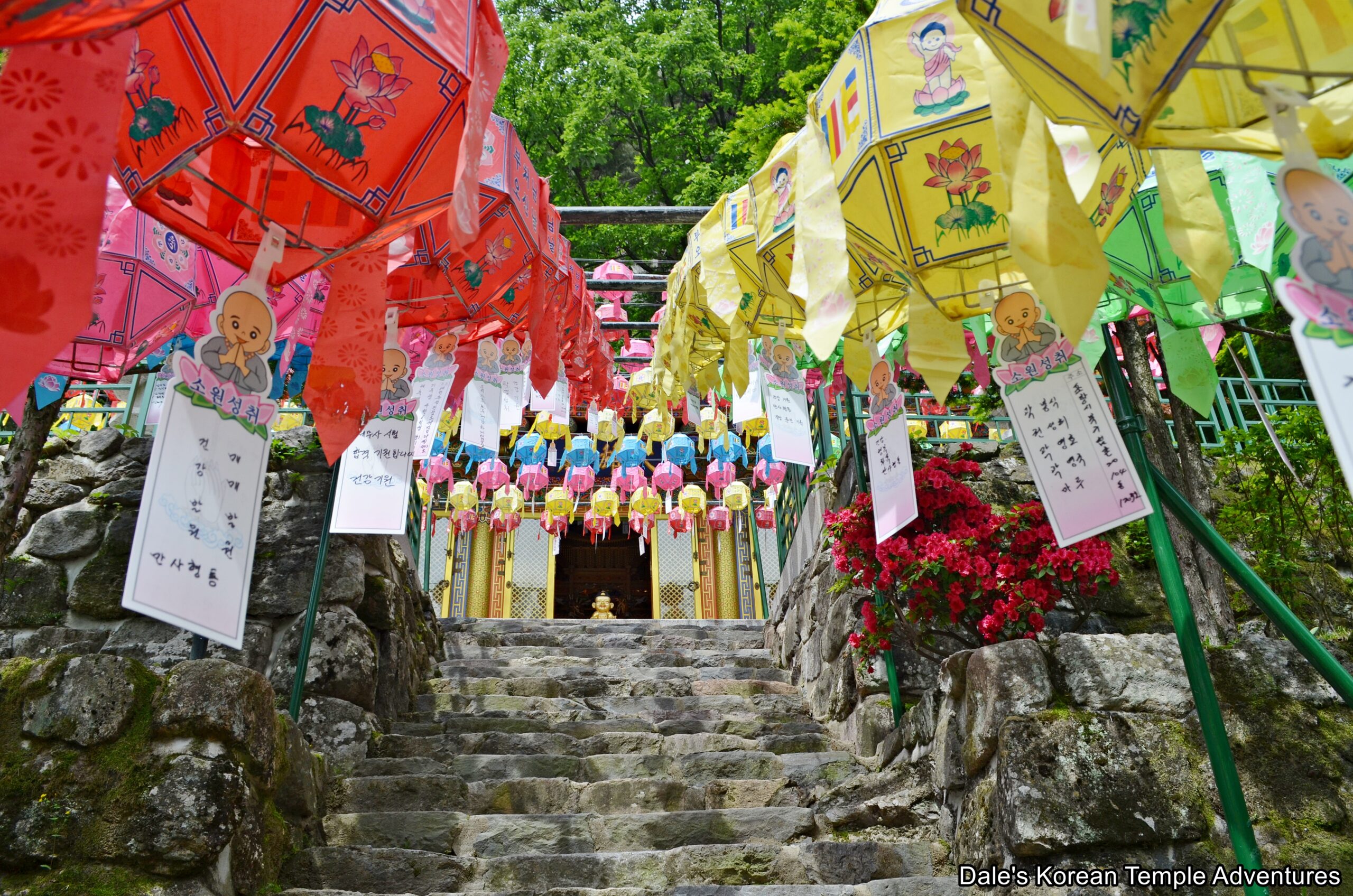
Temple History
Haeunsa Temple is located on the northern part of Mt. Geumosan (976.5 m) in western Gumi, Gyeongsangbuk-do. It’s believed that Haeunsa Temple was first founded by the famed monk Doseon-guksa (827-898 A.D.) at the end of Unified Silla (668-935 A.D.). When the temple was first established, it was named Daehyeolsa Temple. During the late Goryeo Dynasty (918-1392), the Korean official-scholar Gil Jae (1353-1419) of the Goryeo Dynasty and early Joseon Dynasty (1392-1910) hid in this area and planted bamboo. While hiding at the temple, he is said to have learned Taoism, as well.
Sadly, and during the Imjin War (1592-98), all the buildings at the temple were destroyed. In fact, and near Haeunsa Temple, there’s a cave known as Doseon-gul. The cave is named after Doseon-guksa, the founder of the temple. It’s stated that between 500 to 600 people stayed in this cave while fleeing the Japanese invading forces in 1592 during the Imjin War.
It wasn’t until 1925 that the temple was rebuilt, once more, this time by the monk Cheolhwa, who renamed the temple as Haeunsa Temple. The Daeung-jeon Hall at Haeunsa Temple was built in 1956. The rest of the buildings at Haeunsa Temple were rebuilt from 1978-84 by the monk Seonghwa.
Temple Layout
After taking the cable car that brings you halfway up the mountain, you’ll then need to exit the cable car building to the west. Heading in this direction, you’ll come to a small collection of large cairn-like pagodas. It’s to the west of these stone pagodas that you’ll find the compact Cheonwangmun Gate. Housed inside this entry gate are four images of the Four Heavenly Kings. The exterior walls of the Cheonwangmun Gate are adorned with intricate dancheong, as well as images of Geumgang-yeoksa (Vajra Warriors).
Nearing the main temple courtyard, the first building to greet you is the Jijang-jeon Hall. Having entered the main temple courtyard, you’ll find the Jijang-jeon Hall to your right. Alone on the main altar inside this temple shrine hall is large golden image of Jijang-bosal (The Bodhisattva of the Afterlife). To the left and right of the main altar are large paintings dedicated to Jijang-bosal, as well.
To your rear is the compact Jong-ru Pavilion that houses a solitary bronze bell. And to your far left, you’ll find the administrative offices and kitchen facilities at Haeunsa Temple. Straight ahead of you, on the other hand, is a bronze statue of Podae-hwasang (The Hempen Bag). I’ve seen the exact same statue at both Dorisa Temple and Yongmunsa Temple.
Up a flight of stairs, you’ll come to the Daeung-jeon Hall at Haeunsa Temple. The exterior walls are painted gold and are adorned in cute Shimu-do (Ox-Herding Murals). The reason I say cute is that instead of having a younger ox-herder, the paintings are populated by images of three ox-herding children. Stepping inside the Daeung-jeon Hall, you’ll find a triad of statues under a large, golden canopy. In the centre of this triad rests an image of Seokgamoni-bul (The Historical Buddha), who is joined on either side by statues of Bohyeon-bosal (The Bodhisattva of Power) and Munsu-bosal (The Bodhisattva of Wisdom). To the left of the main altar is a modern Shinjung Taenghwa (Guardian Mural), while to the right is an equally modern mural dedicated to Chilseong (The Seven Stars).
To the right rear of the main hall, and up a longer set of stairs, you’ll find the Sanshin/Dokseong-gak Hall. Looking inside this shaman shrine hall, you’ll find a large statue dedicated to Sanshin (The Mountain Spirit) on the main altar. Backing this statue are two paintings dedicated to two shaman deities. The first of the two, and hanging to the right, is a painting dedicated to Sanshin (The Mountain Spirit), who is accompanied by puggish-looking tiger. And to the left is an equally elaborate painting dedicated to Dokseong (The Lonely Saint).
To the left of the Sanshin/Dokseong-gak hall, and down a small mountain trail behind the Daeung-jeon Hall, you’ll find an opening, where there’s a nine-story pagoda with a golden finial atop this stone structure. The base of the structure has nine reliefs of Geumgang-yeoksa (Vajra Warriors). As for each of the nine-stories of the structure, they have diminishing images of various Buddhas and Bodhisattvas adorning them as the pagoda moves upwards. Backing this pagoda is a larger statue dedicated to Yaksayeorae-bul (The Medicine Buddha). This statue is then backed by reliefs of Bodhisattvas like Gwanseeum-bosal (The Bodhisattva of Compassion) and Jijang-bosal, as well as images of the Four Heavenly Kings. It’s also from this vantage point that you get beautiful views of Mt. Geumosan off in the distance.
If you have the time and stamina, you can also enjoy Doseon-gul Cave to the southwest of the temple grounds. It’s under 100 metres to get there. And if you really have the time and stamina, you can continue southwest for about 200 metres to see Myeonggeum-pokpo Waterfall.
How To Get There
There are numerous buses that go from the Gumi Intercity Bus Terminal to get to Haeunsa Temple. There are buses like Bus #10, #11, #184, and #195. These buses will drop you off at the “Daegu Eunhaeng-ap hacha – 대구은행앞 하차” bus stop. The bus ride will take just 5 minutes. From here, you’ll then need to cross the road to the south and get on either Bus #27 or Bus #27-3. You’ll then need to get off at the “Geumosan-chulbal hacha – 금오산출발 하차” bus stop. This bus ride should take you an additional 7 minutes. From where the bus drops you off, you’ll need to head southwest towards Mt. Geumosan. You’ll need to head in this direction for about 500 metres, until you come to the Geumosan Cable Car Building. A return ticket, both there and back, will cost you 11,000 won. If you’d rather just one way, it’ll set you back 6,000 won. Once arriving on the other side, you’ll need to walk just 50 metres southwest to get to Haeunsa Temple.
Overall Rating: 7/10
Of course it’s the views at Haeunsa Temple that are the most impressive. Mt. Geumosan is a beautiful mountain with rugged terrain. In addition to the beautiful environs that envelop Haeunsa Temple, you can also enjoy the beautiful paintings that surround the exterior of the Daeung-jeon Hall, the pair of shaman murals inside the Sanshin/Dokseong-gak Hall, as well as the nine-story pagoda to the rear of the main hall. Haeunsa Temple presents a beautiful blend of things to see both artistically and naturally.
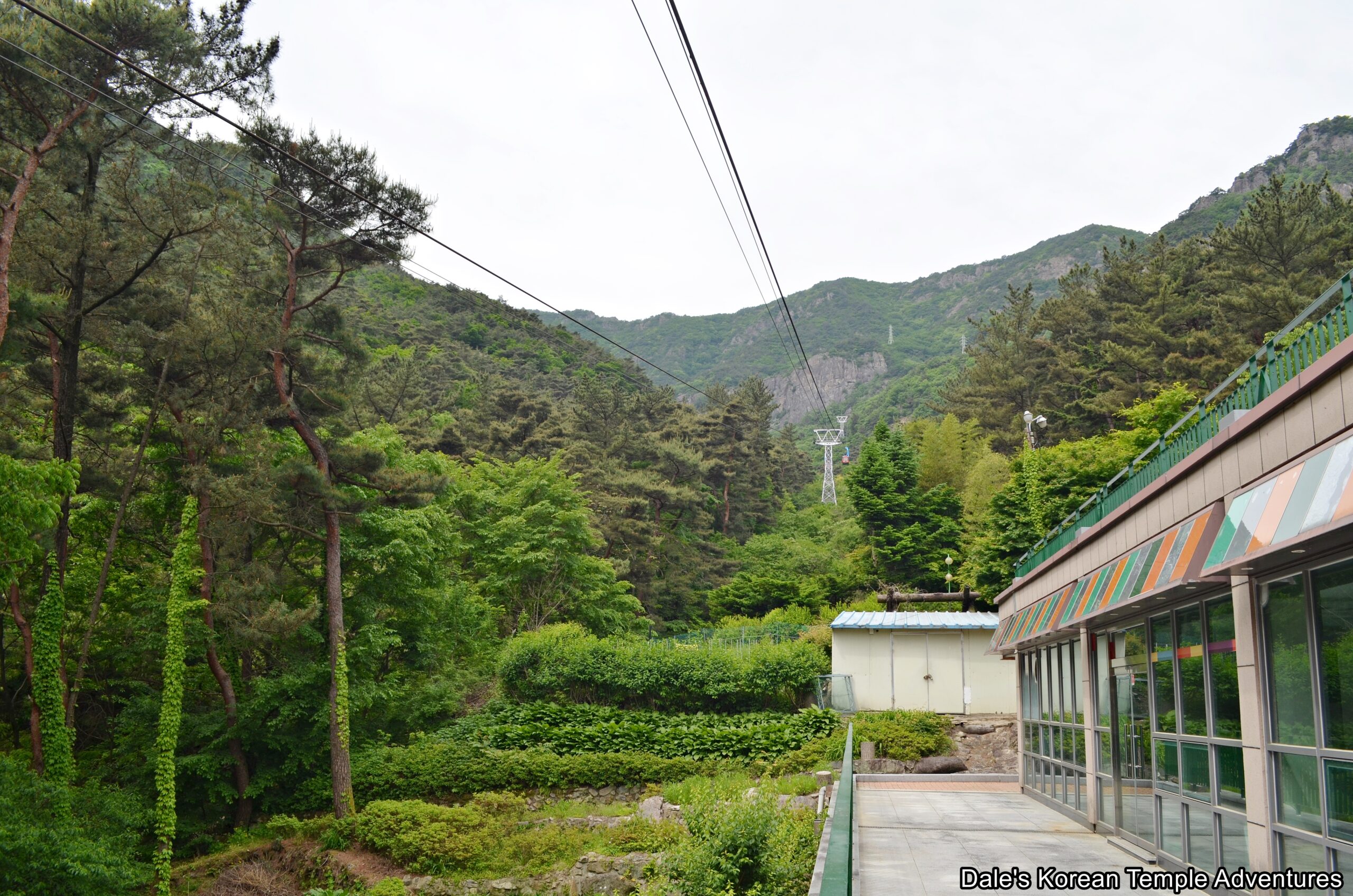
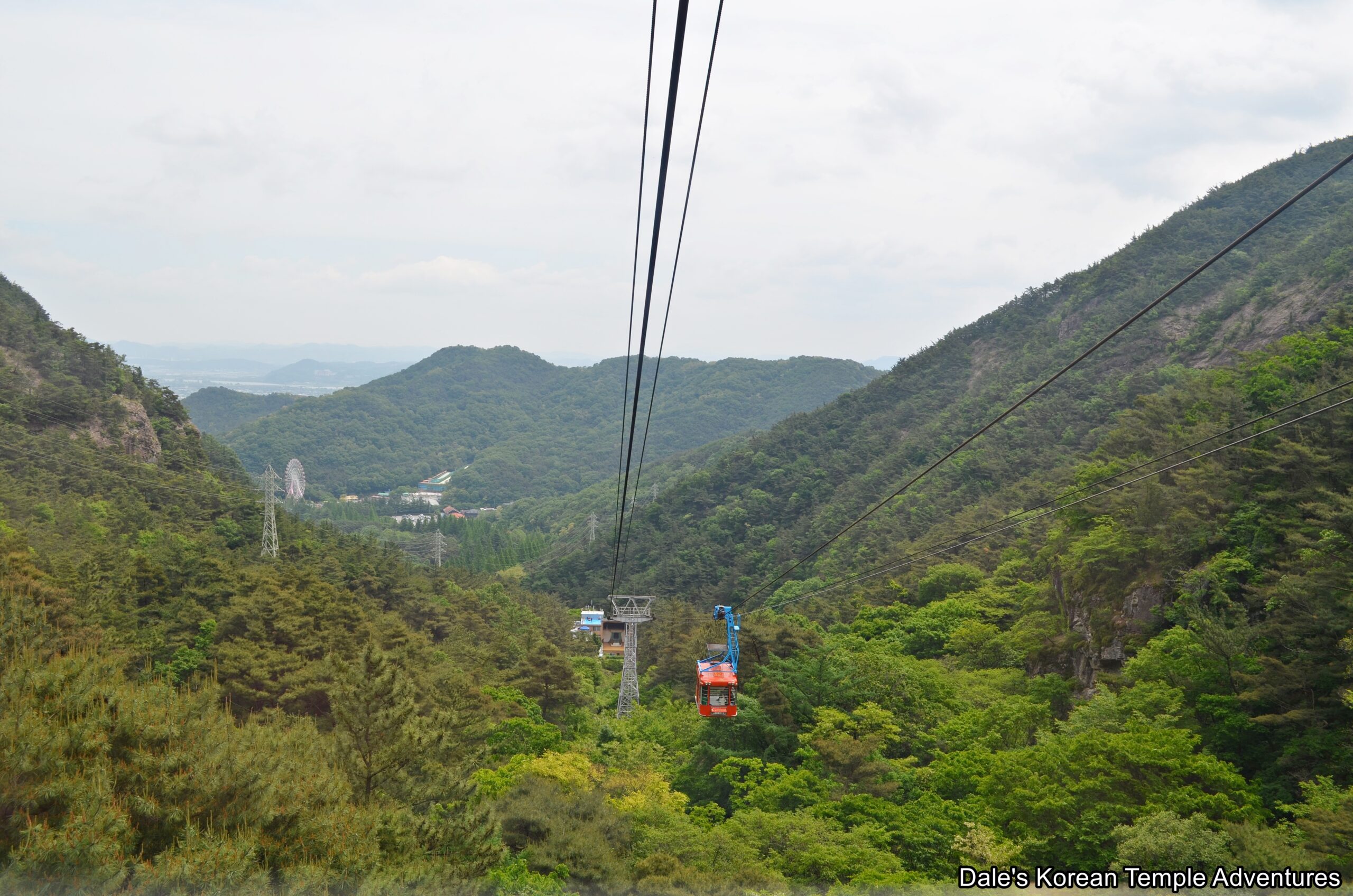
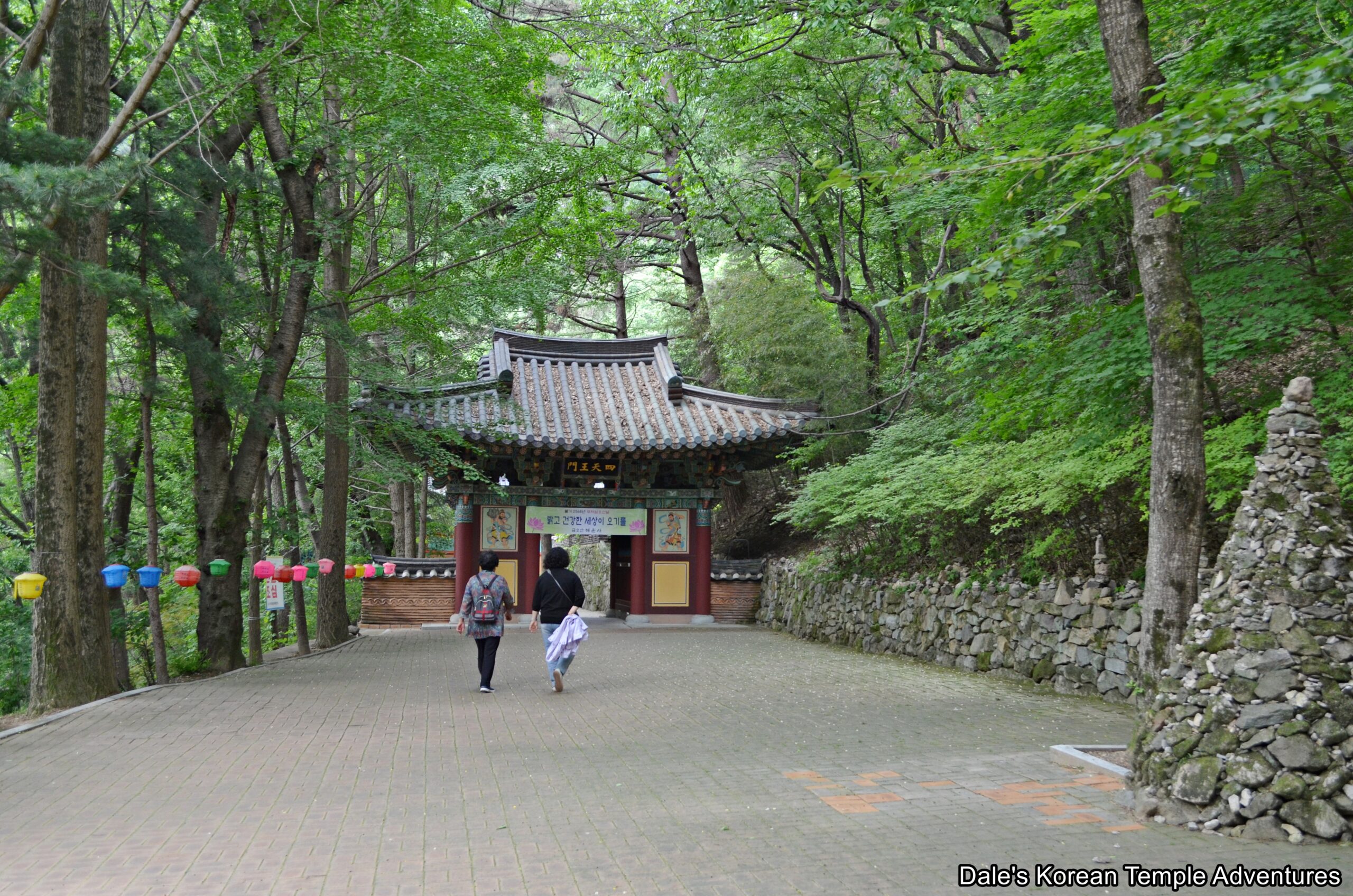
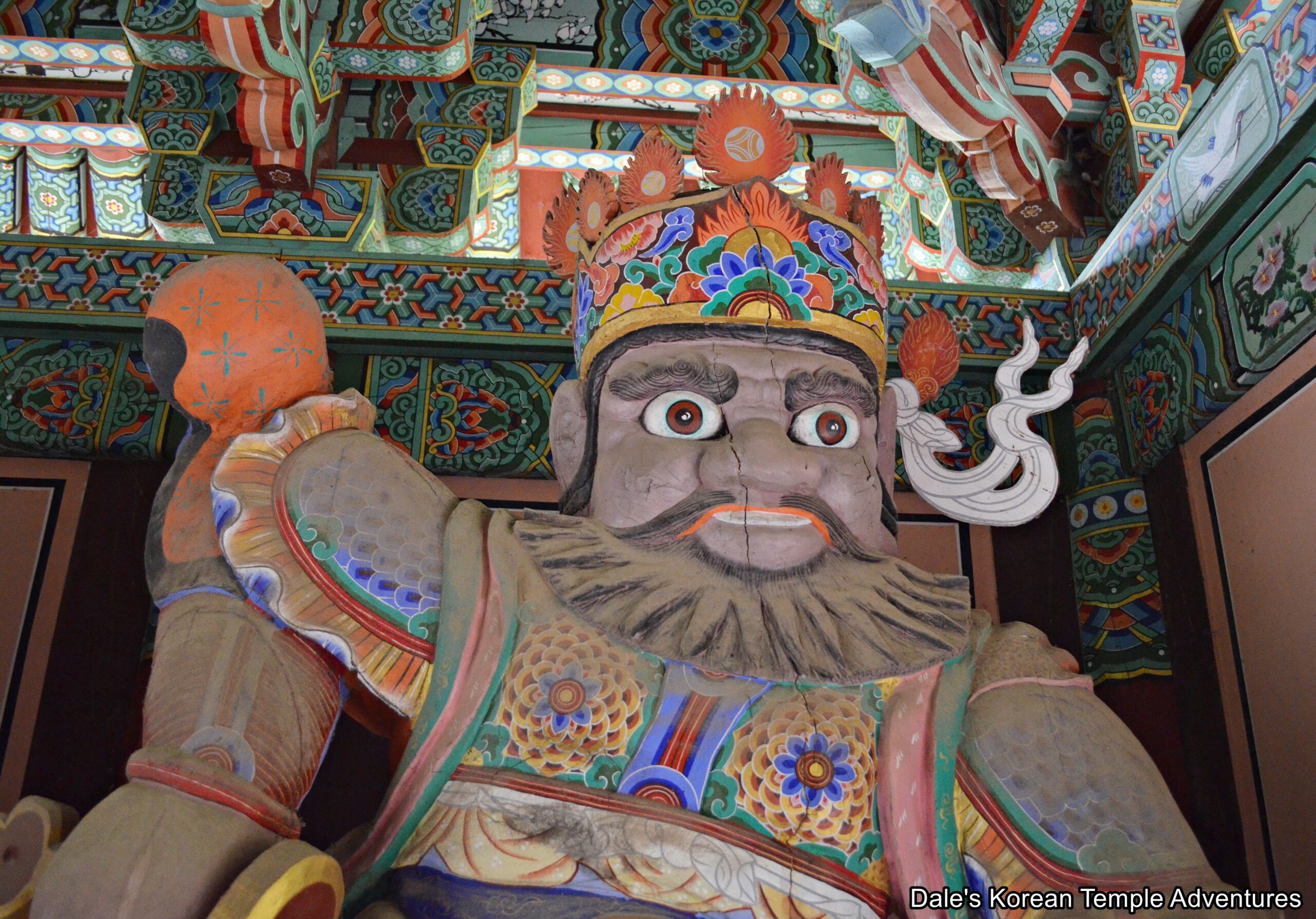
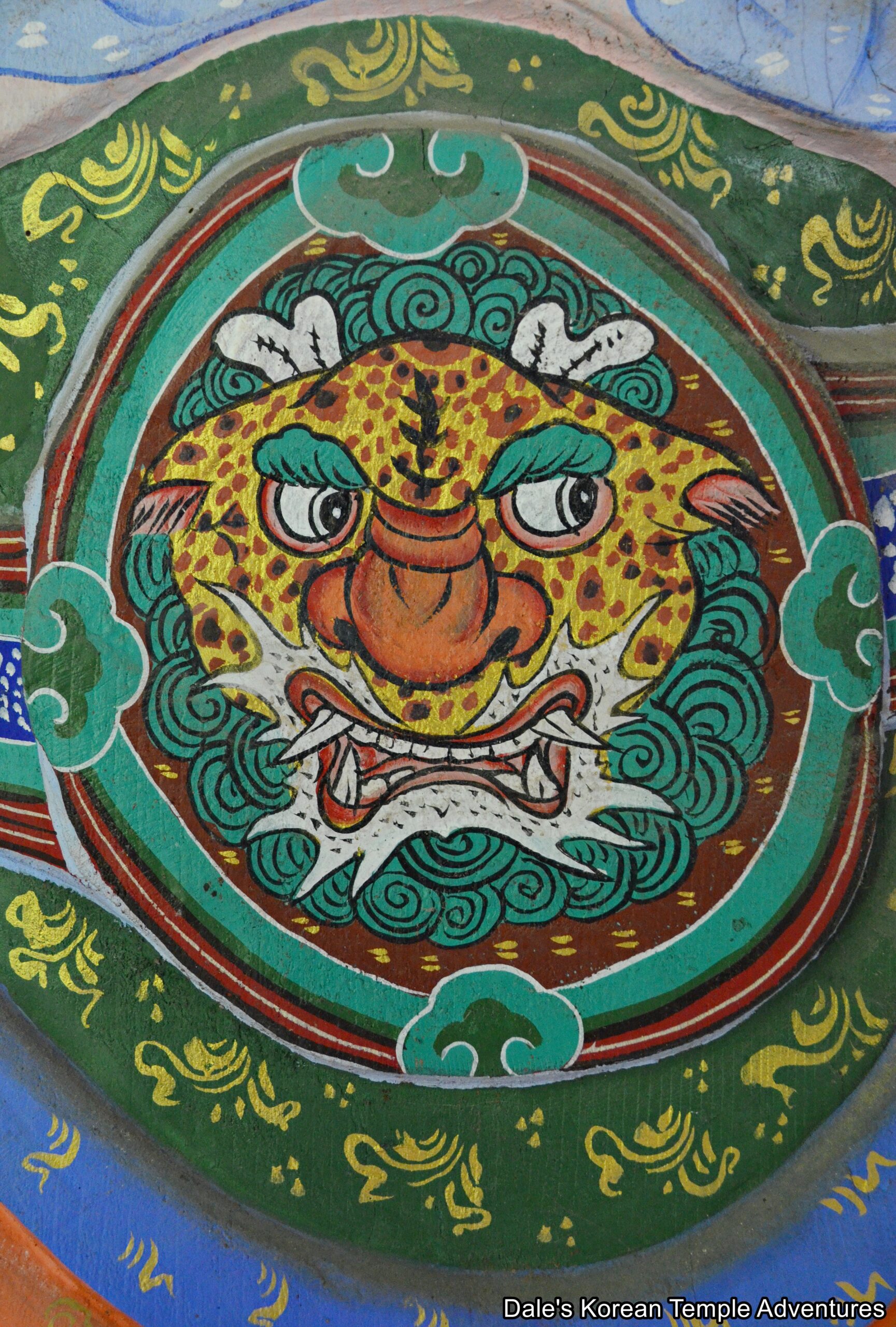
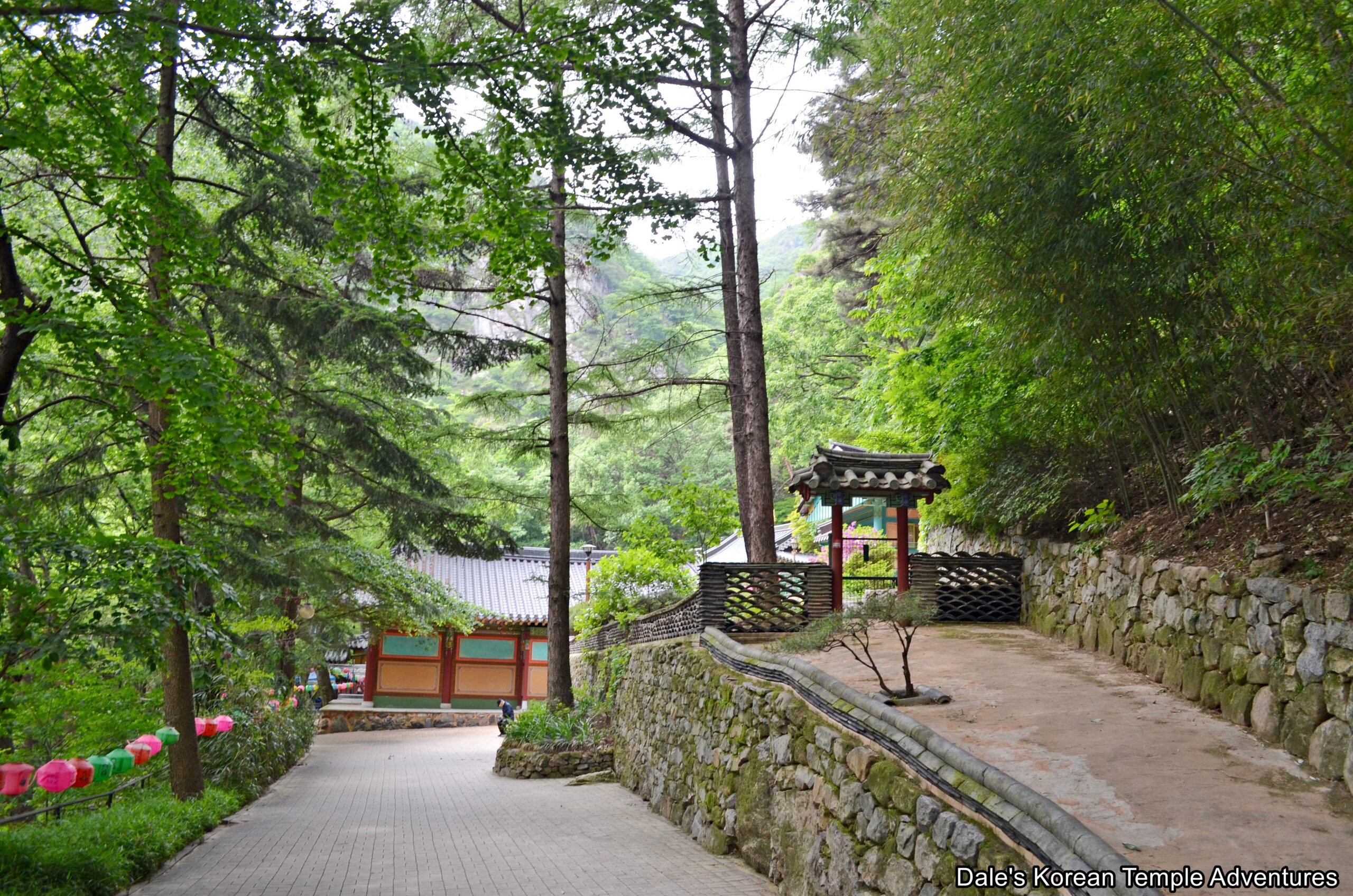

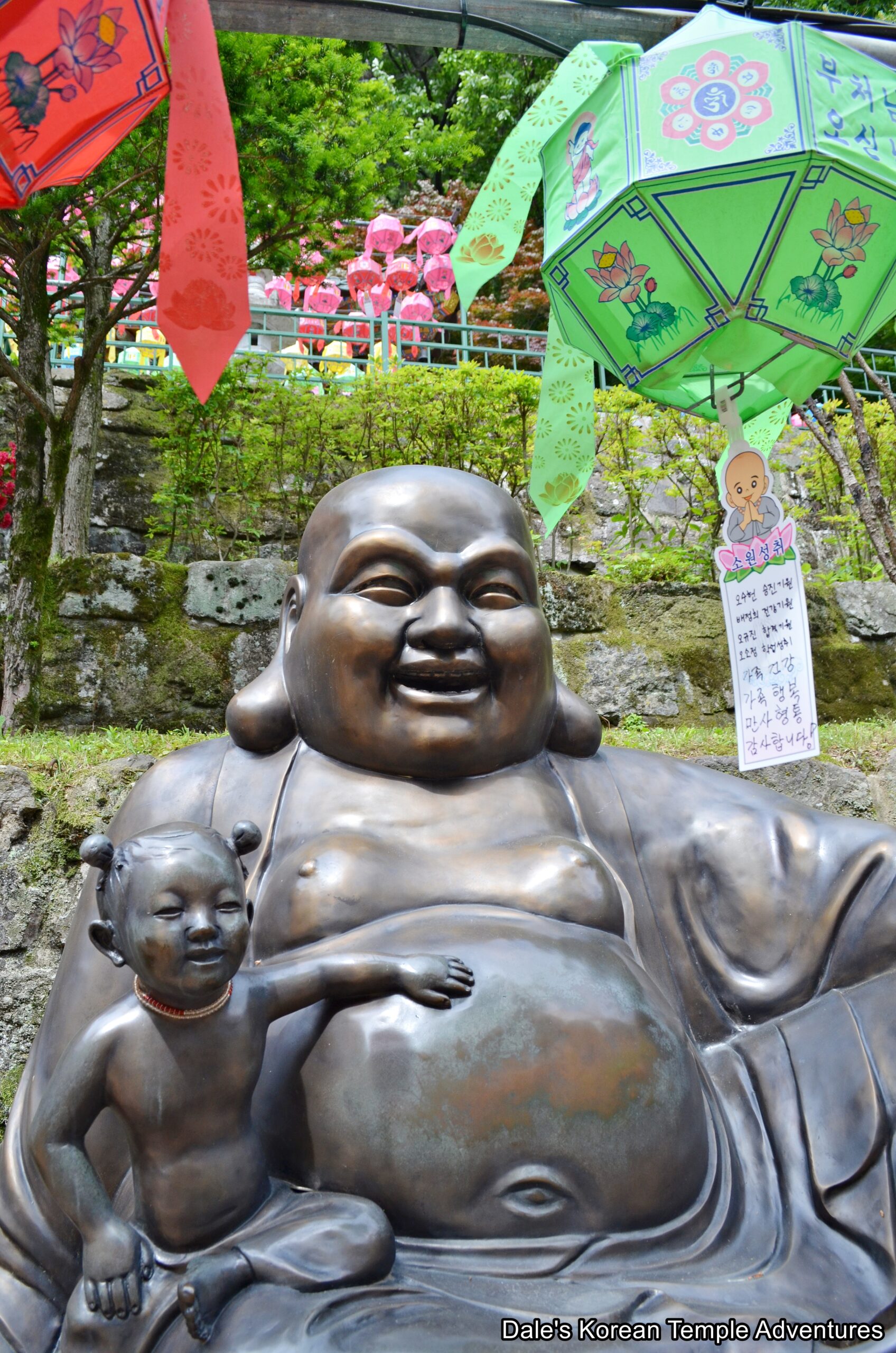
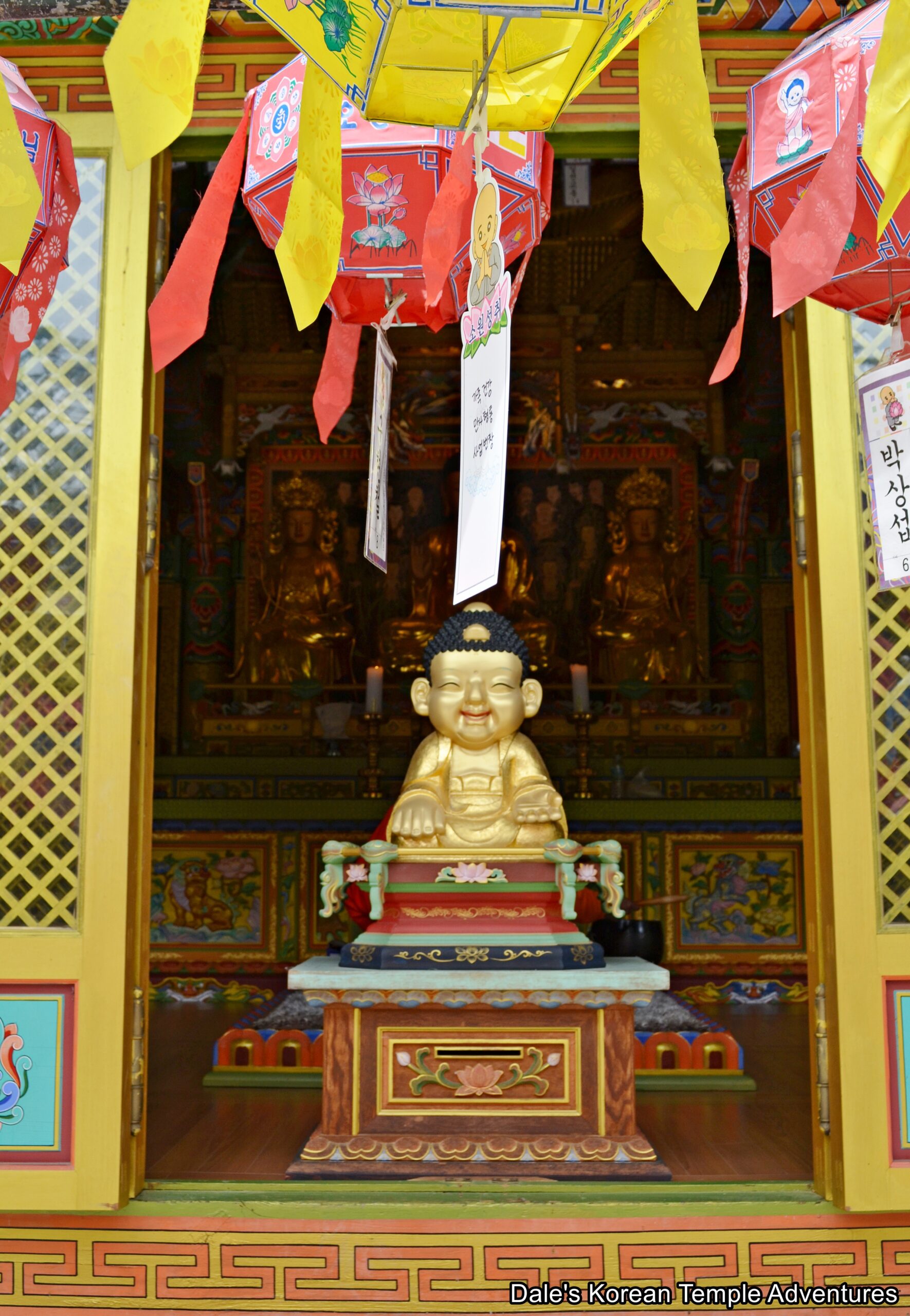
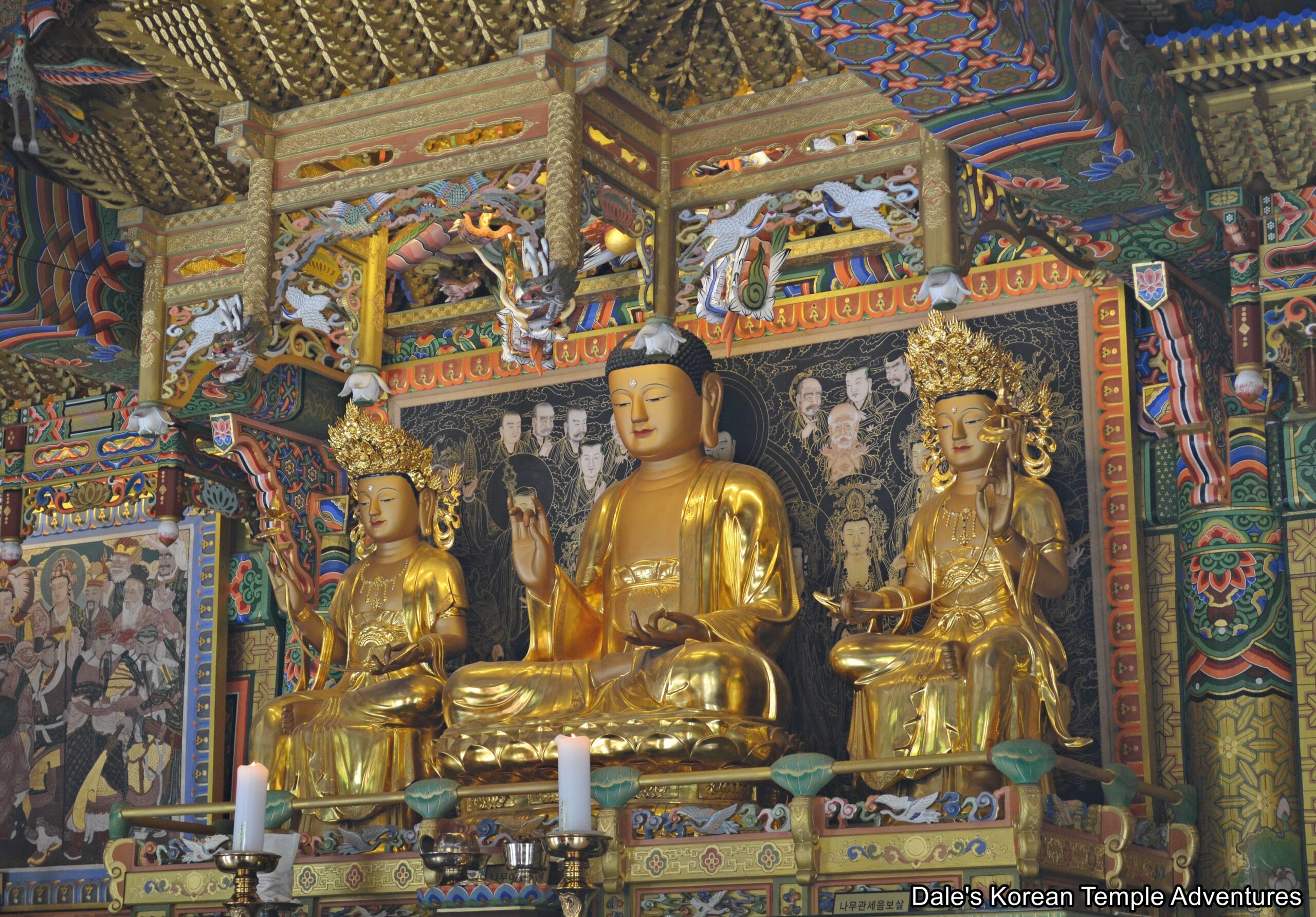
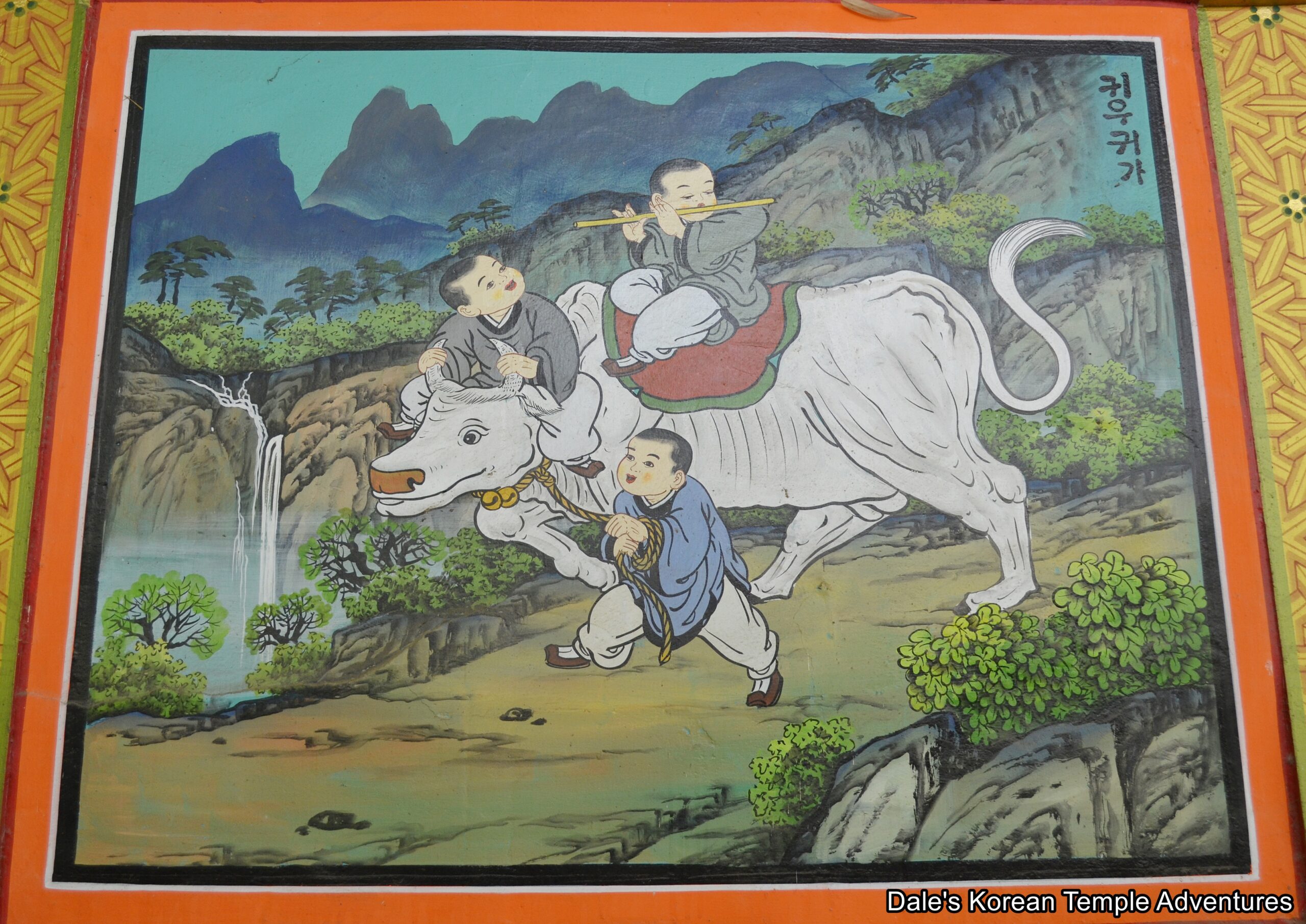
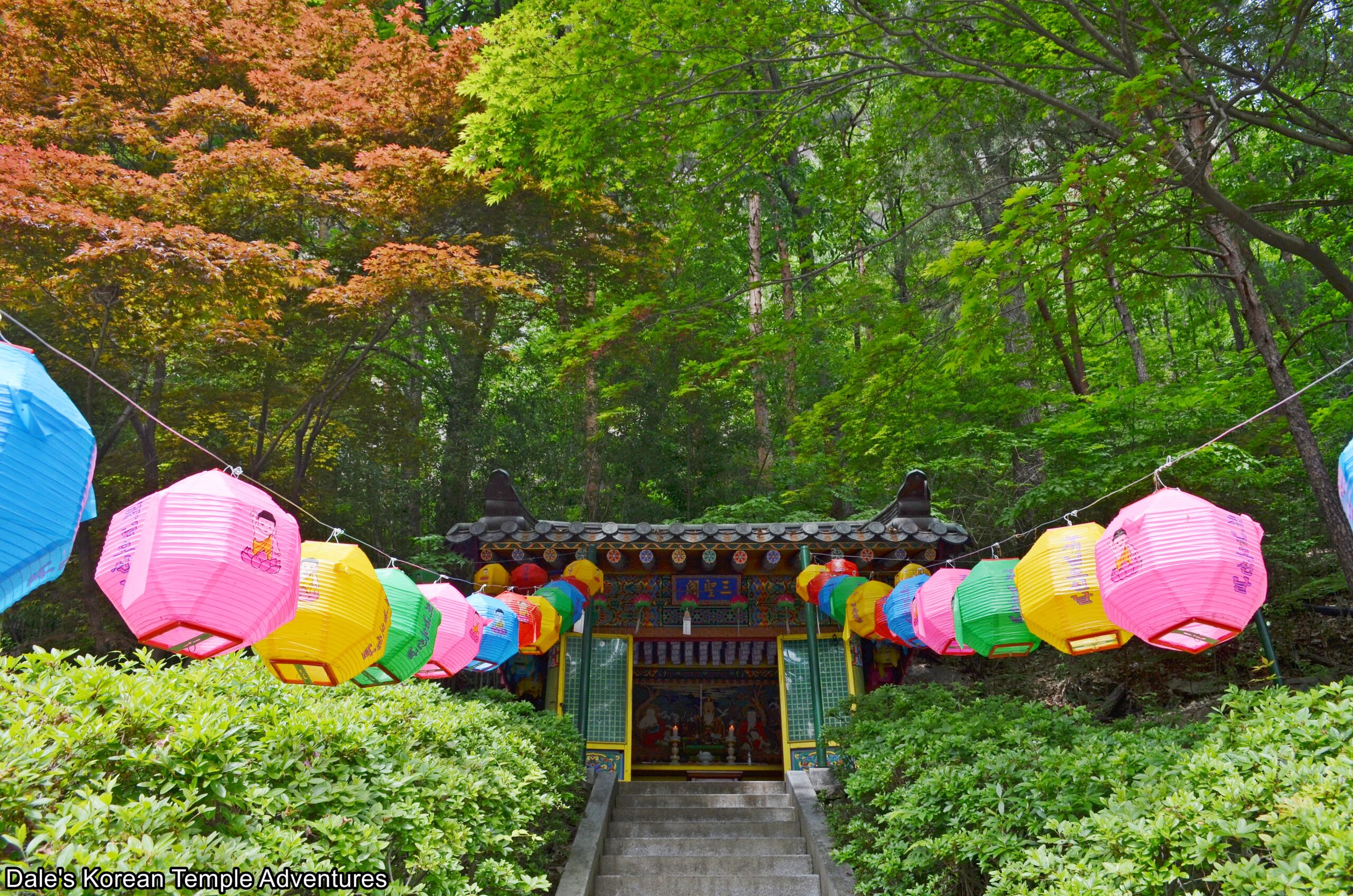
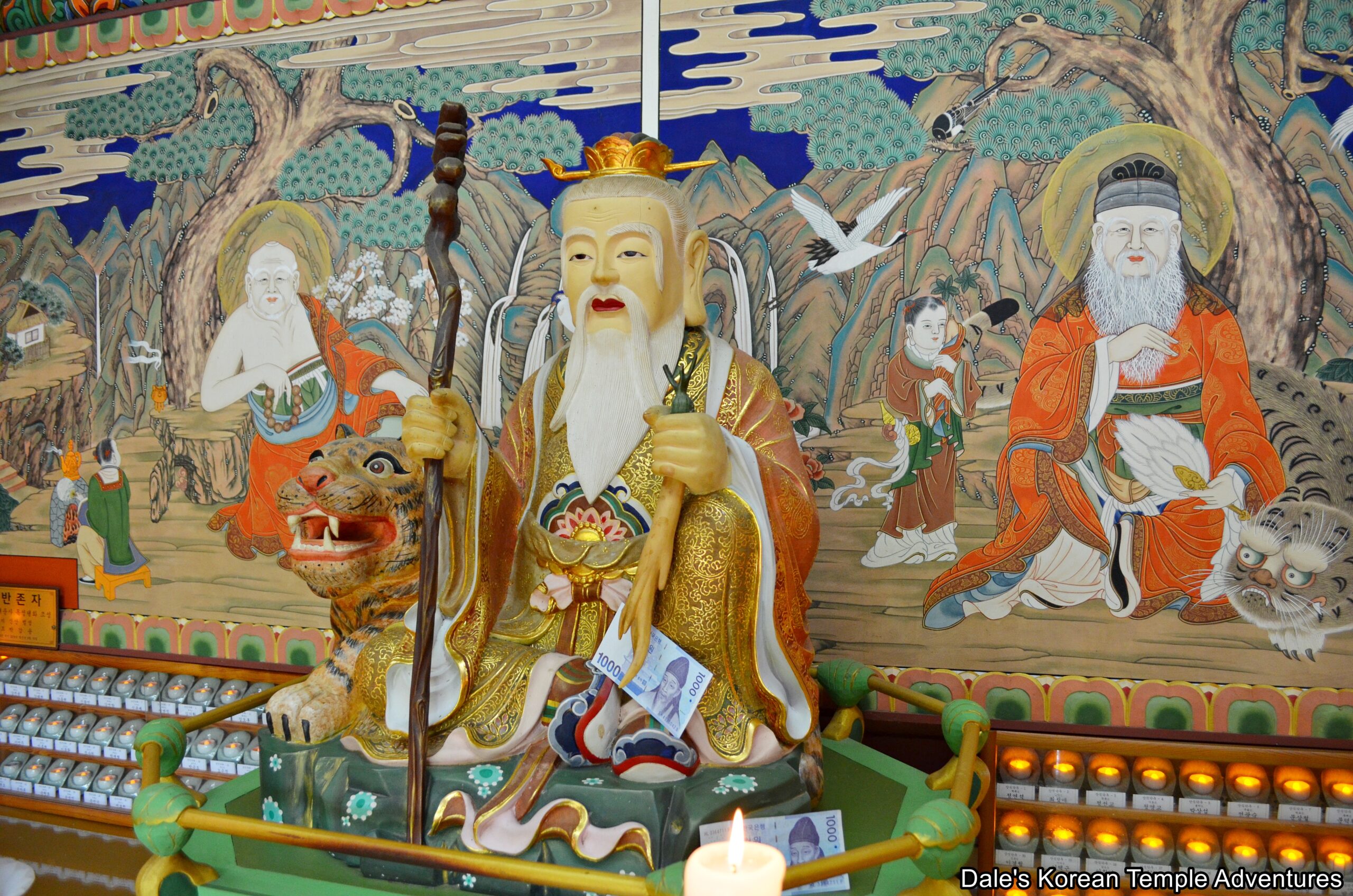
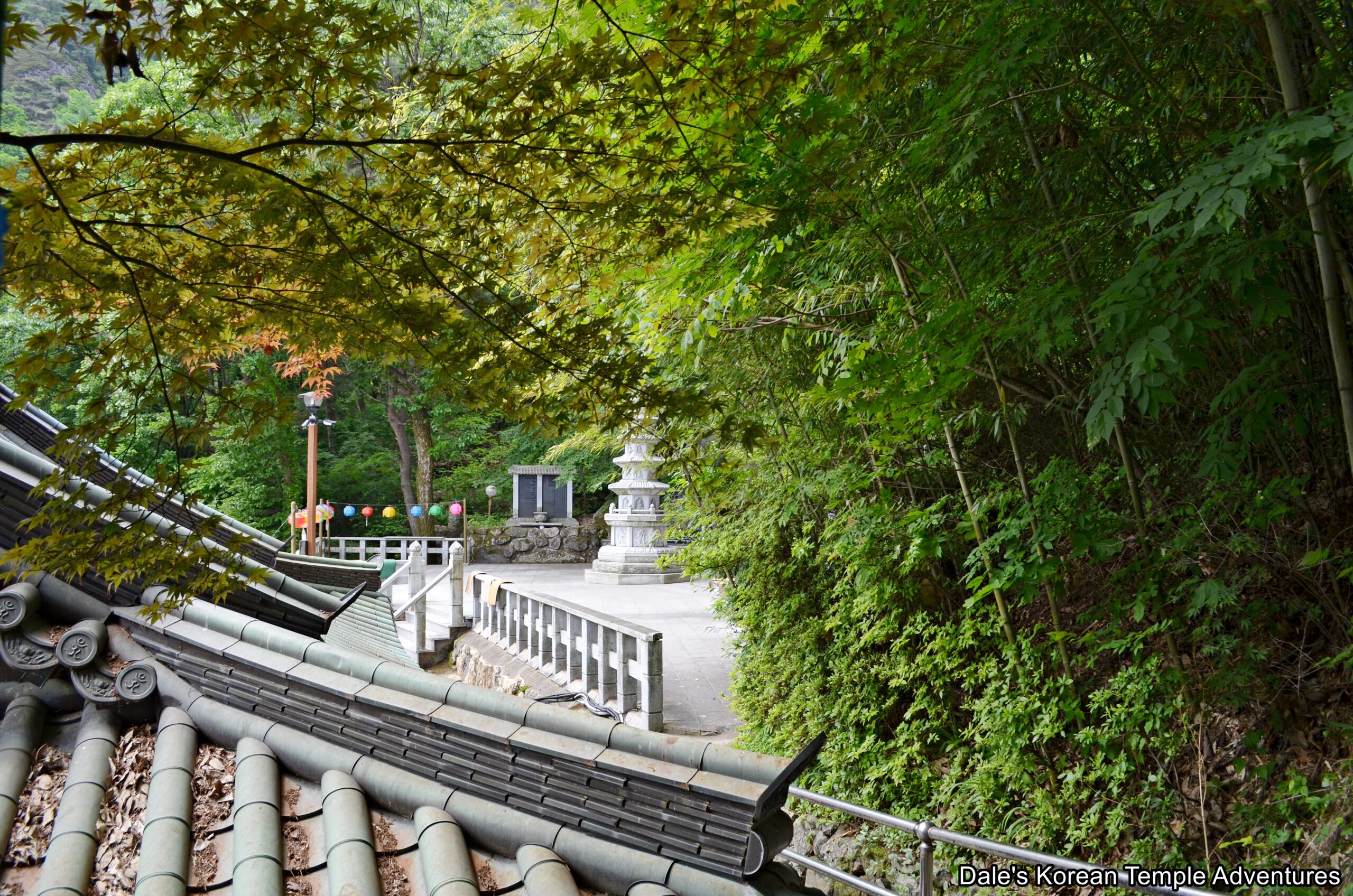
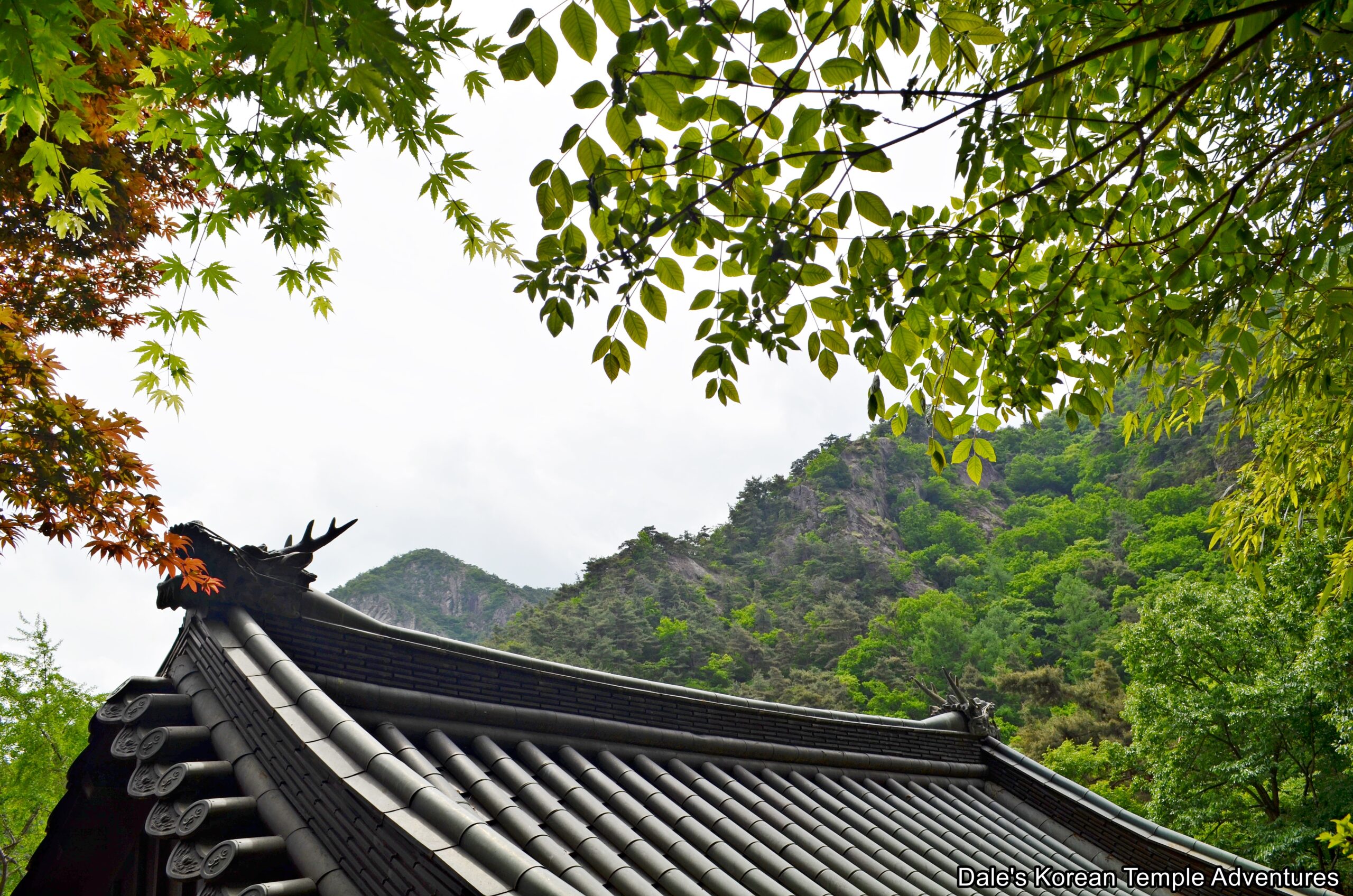
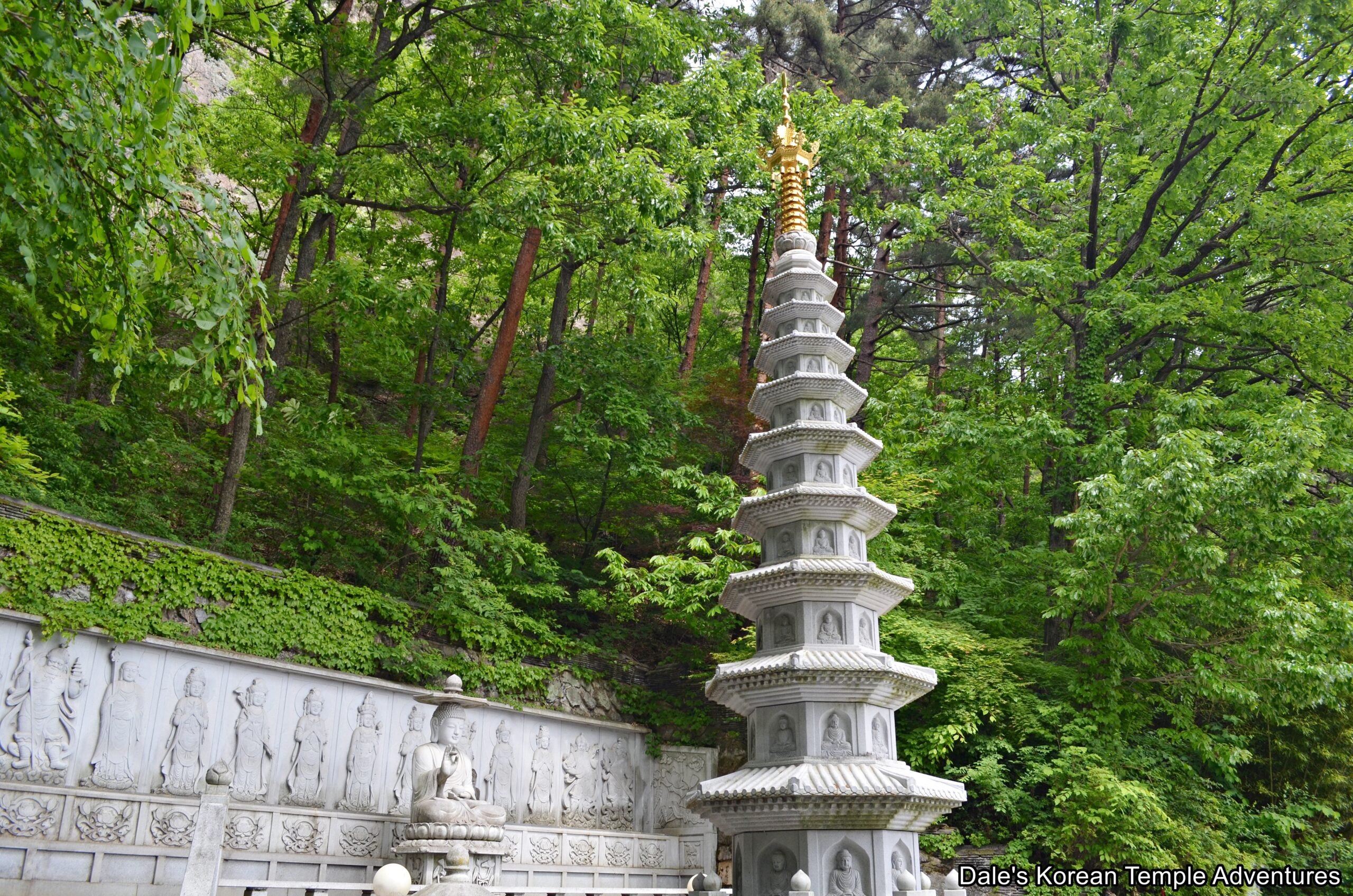
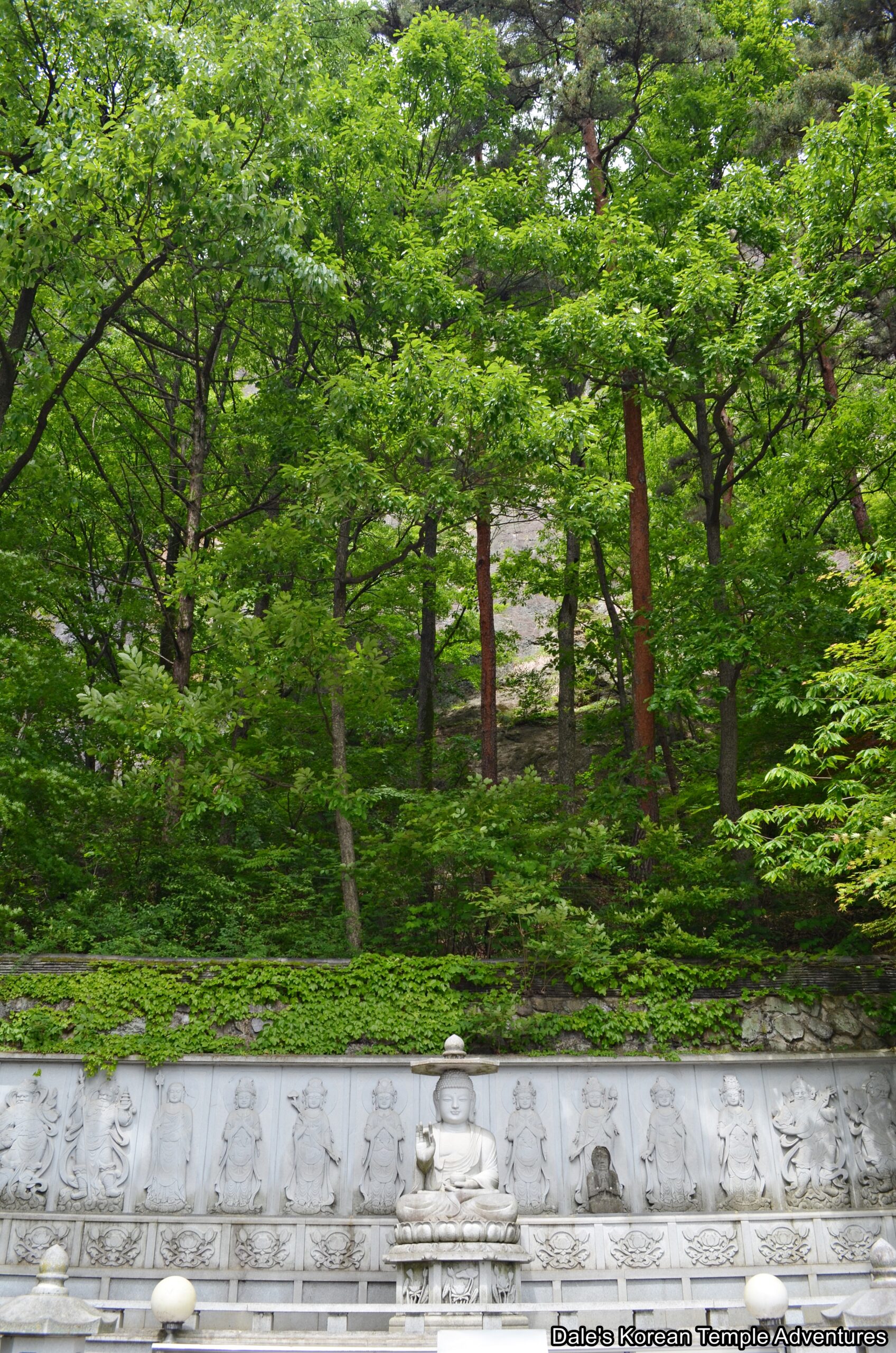

Recent comments